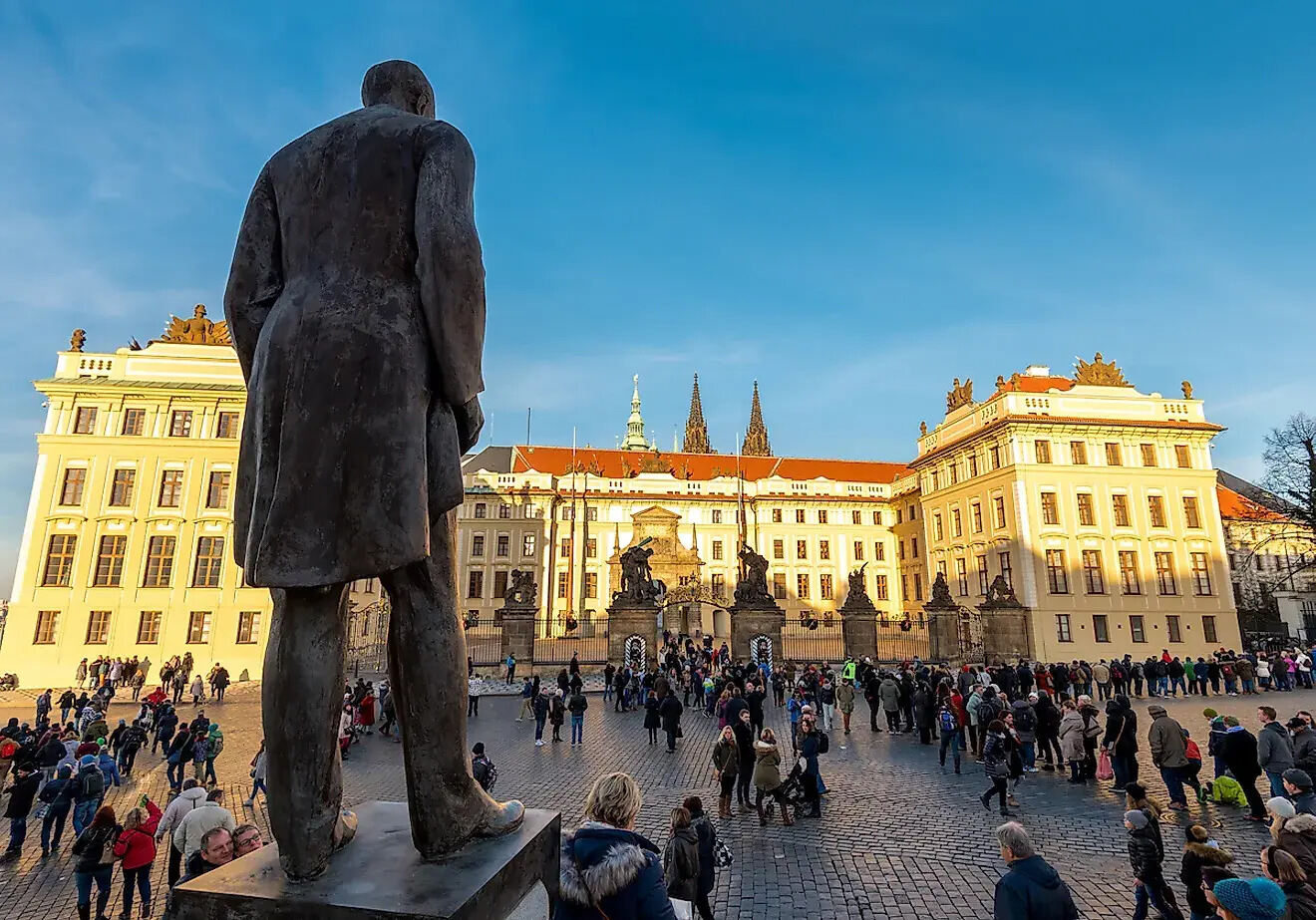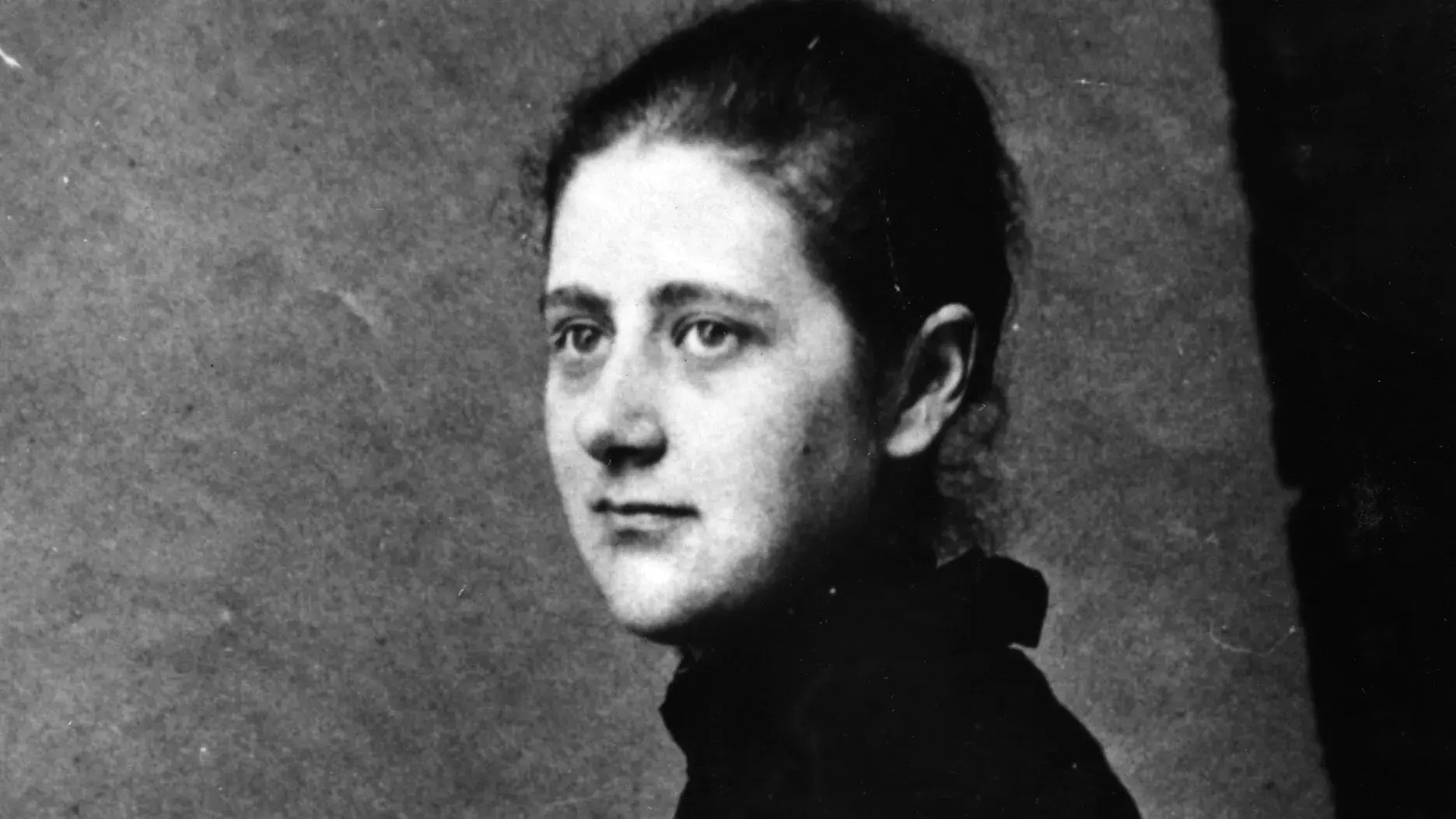
Czechoslovakia was a country in Central Europe that existed from 1918 to 1992. Formed after World War I, it combined the regions of Bohemia, Moravia, and Slovakia. This nation experienced significant historical events, including Nazi occupation during World War II and Soviet influence during the Cold War. In 1993, it peacefully split into the Czech Republic and Slovakia, an event known as the Velvet Divorce. Czechoslovakia was known for its rich cultural heritage, industrial prowess, and political upheavals. From its formation to its dissolution, this country played a crucial role in European history. Here are 15 intriguing facts about Czechoslovakia that highlight its unique journey.
The Birth of Czechoslovakia
Czechoslovakia, a country that no longer exists, has a fascinating history. Formed in the aftermath of World War I, it was a significant player in European politics and culture.
-
Czechoslovakia was officially founded on October 28, 1918, after the collapse of the Austro-Hungarian Empire. This date is still celebrated as a national holiday in the Czech Republic.
-
The country was a union of two main ethnic groups: Czechs and Slovaks. Despite their differences, they shared a common goal of independence and self-determination.
Political Landscape
Czechoslovakia's political scene was complex and often turbulent. It experienced various forms of government and political upheavals.
-
Tomáš Garrigue Masaryk, the first president, played a crucial role in the country's founding. He is often referred to as the "President Liberator."
-
In 1938, the Munich Agreement allowed Nazi Germany to annex the Sudetenland, a region with a significant German-speaking population. This event marked the beginning of the end for Czechoslovakia's first republic.
World War II and Aftermath
World War II had a profound impact on Czechoslovakia, leading to occupation, resistance, and eventual liberation.
-
During the war, Czechoslovakia was occupied by Nazi Germany. The country was divided, with the Czech lands becoming the Protectorate of Bohemia and Moravia, while Slovakia became a separate puppet state.
-
The assassination of Reinhard Heydrich, a high-ranking Nazi official, by Czechoslovak resistance fighters in 1942 was a significant act of defiance. The Nazis retaliated brutally, destroying the villages of Lidice and Ležáky.
Communist Era
Post-war Czechoslovakia saw the rise of communism, which would dominate the country's politics for decades.
-
In 1948, a communist coup d'état led to the establishment of a one-party state. Klement Gottwald became the first communist president.
-
The Prague Spring of 1968 was a period of political liberalization and reform. However, it was crushed by a Soviet-led invasion, which reasserted hardline communist control.
Velvet Revolution and Dissolution
The late 20th century brought significant changes, leading to the end of communist rule and the eventual split of the country.
-
The Velvet Revolution of 1989 was a peaceful protest movement that led to the end of communist rule. Václav Havel, a former dissident, became the first non-communist president.
-
On January 1, 1993, Czechoslovakia peacefully split into two independent countries: the Czech Republic and Slovakia. This event is known as the Velvet Divorce.
Cultural Contributions
Czechoslovakia made significant contributions to global culture, particularly in literature, film, and sports.
-
The country was home to famous writers like Franz Kafka and Milan Kundera. Their works have had a lasting impact on world literature.
-
Czechoslovak cinema gained international acclaim, especially during the 1960s Czechoslovak New Wave. Directors like Miloš Forman and Ji?í Menzel became renowned for their innovative films.
Sports Achievements
Czechoslovakia also had a rich sports history, producing many world-class athletes.
-
The national ice hockey team was one of the best in the world, winning multiple World Championships and Olympic medals.
-
Tennis players like Martina Navratilova and Ivan Lendl achieved great success, becoming legends in the sport.
Legacy
Even though Czechoslovakia no longer exists, its legacy lives on in the Czech Republic and Slovakia.
- The country’s history, culture, and achievements continue to be celebrated and remembered by both nations. The peaceful split serves as a model for resolving national conflicts without violence.
Reflecting on Czechoslovakia's Legacy
Czechoslovakia's history is rich with cultural milestones, political shifts, and remarkable achievements. From its formation in 1918 to its peaceful split in 1993, this nation left an indelible mark on Europe. The Velvet Revolution of 1989 stands out as a testament to the power of non-violent resistance. Additionally, the country's contributions to art, science, and sports continue to influence the world.
Understanding Czechoslovakia's past helps appreciate the unique identities of the Czech Republic and Slovakia today. Their shared history, though complex, is filled with moments of resilience and innovation. Whether you're a history buff or just curious, these facts offer a glimpse into a nation that once stood at the heart of Europe. So next time you think about European history, remember the fascinating story of Czechoslovakia.
Was this page helpful?
Our commitment to delivering trustworthy and engaging content is at the heart of what we do. Each fact on our site is contributed by real users like you, bringing a wealth of diverse insights and information. To ensure the highest standards of accuracy and reliability, our dedicated editors meticulously review each submission. This process guarantees that the facts we share are not only fascinating but also credible. Trust in our commitment to quality and authenticity as you explore and learn with us.


